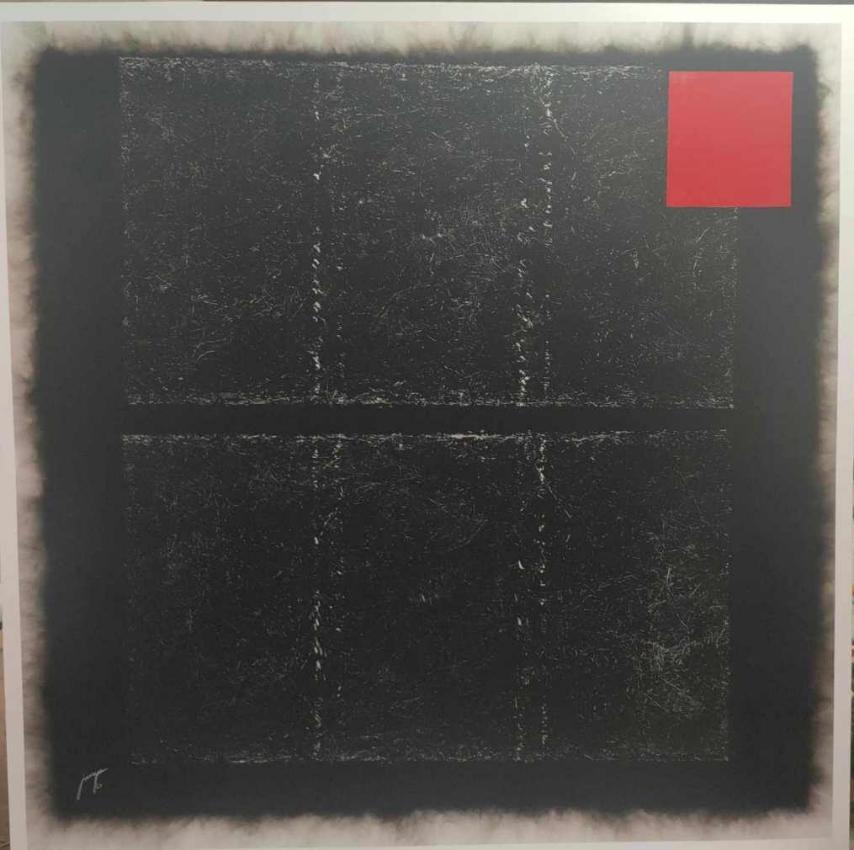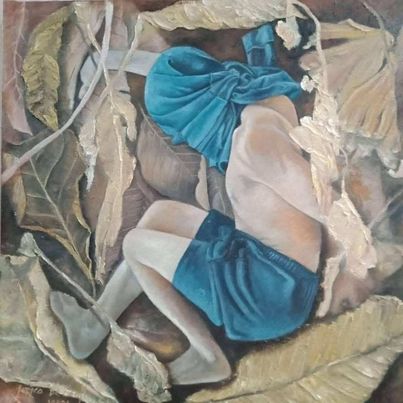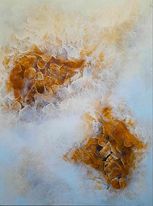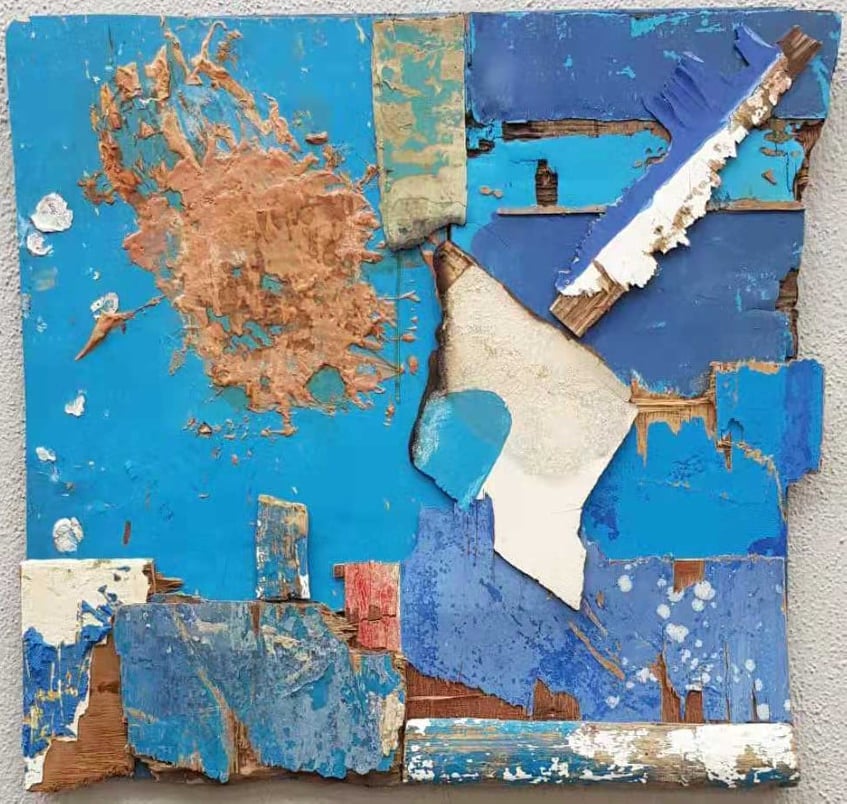
Dennis j. Francisco a modern contemporary visual artist, was born in Navotas city, Metro Manila on July 10, 1981 a young starter, he was in grade 1 when he realize that he had talent and skills in art. He would draw image of “bahay kubo” and the surrounding sceneries using pencil crayons and whatever materials were on hand. His work of art had always been appreciated by his teachers and relatives and everybody surmised then that one day he would be an accomplish artist
In 2005 he finish his college study at the Polytechnic College major in Business Administration and sometimes he work at the Philippine Deposit Insurance Corporation as an office staff, but he love for visual art was always with him he had join art group like the AAP and Tuesday Group headed by Anghel Cacnio. He also participate in latter`s sponsored Art Exhibit and/or competition e.g., at the GSIS and Intramuros, respectively. This year, he is a semi-finalist at Made Metrobank Art and Design Excellence, his work were also finally notice by the prestigious hallmark for L.I.F.E. Co,. such the two of this were chosen on adorn their Christmas and greeting cards in 2012 and 2013, together with well known artist like Hipolito and Anghel Cacnio.
Dennis J Francisco: Drawing the Line
Without a doubt, the recognize Master of the Line in History of Modern art is the swiss Artist paul Klee. He is Famous for his Definition of line: “a dot that went out for Walk.” And Judging from his staggering output of over 10,000 Drawings and others artworks, Klee took his line for a walk…and never return home.
While Klee gave us the poetic definition, a more prosaic and pendantic definition of line reads that way: “Lines (and curves) are mark that span a distance between two points or the path of a moving points. As an art Element, line pertains to the use various mark, outlines, and implied lines in art work and design. A line has s width, direction, and length. A lines width is sometimes called its ‘thickness.’ Lines are sometimes called stroke, especially when referring to line in digital artwork.”
In Philippines Contemporary art, the recognize master of line — the Paul Klee of the Philippines, it you wish — is none other than National Artist Arturo Luz. From his earlier works done way back in the fifties to his present-day work, the dominant element is line. With his genius for competition and design, Luz like Klee, also produce thousands of drawings and paintings, envisioned with a mere handful of classic themes: cyclist, musician jugglers, performers. The letter works of architectural edifices, temples, and places also come into existence with the sustained and consistent use of line, and in Luz’s individual Taste, with an extremely limited choice of colors
Inspired by such master as Klee and Luz, a young artist named dennis Francisco celebrates his first solo composition with his passion for line. Indeed, the title of his show, now on view at the Galerie Astra, is “GuhitTanaw”. It is translated as “Draw Landcapes,” as they are the artist’s personal visions of manila’s cityscapes as well as pastoral provincial landscapes. Impressively, for an initial blow to the local art scene, Francisco has already arrived at an instantly recognizable style. More importantly, the artist has not fallen pray for the influence of Luz and his distinctive use of line. Francisco achieved this though the use of a zig-zag handling of line, crowding into a hectic crosshatching, all encased within a geometric shape. Outside this shape is the outline of the city rising with the its church steeples, electric posts, institutional buildings and edifices. Through the deft use of lines, Francisco investy his work with speed and animation, direction and vitality, and an expressive dynamic motion. The strategic placement of such structure as a panoramic bridge, pillars vertical iron grills, with their repeated verticals and horizontals Accentuates and frenetic energy of the city and landscape. And each time, the viewer’s eye travels along each line with dizzying speed.
Interms chromatic, Francisco opts for the gentle and serene shapes of blue and earth colors, the better to tame the jangling activity of the pictorial space. Indeed, to have opted the hot, bristling shapes of reds, orange and yellow would have reduce his work to a feveral state, too uncomfortable for more more than a minute’s gaze
Expectedly a favored subject of Filipino artists, the the city scape of vessel for each artist’s emotion, expression and visual performance. As many styles and treatment have already emerged with as many artists and designers. Aware of the challenge that confronts him, Francisco looked back to his childhood when he first discovered the delight, pleasure and adventure that a pencil, a colored crayons and a piece of blank release for him. Indeed, even a slight detour into the corporate world as an office worker never detracted from his conviction that he was meant to be an artist. As a longtime member of the Tuesday Group, dennis Francisco is even more convince that art is the only path of life for him.
And to the destinction, dennis Francisco has always followed the straight line of his heart’s – and artist’s – content. Following paul klee’s definition, his first solo exhibit is exactly the line that dennis Francisco will take for a lifetime’s walk.
by CID REYES











